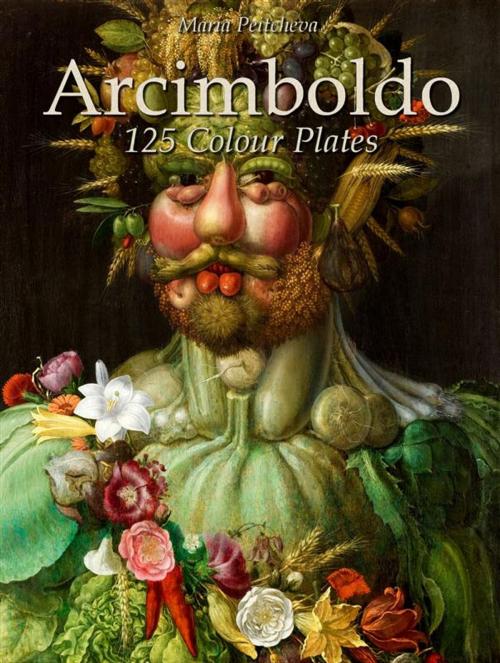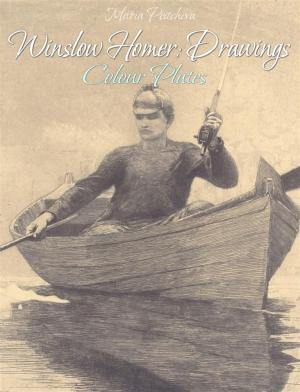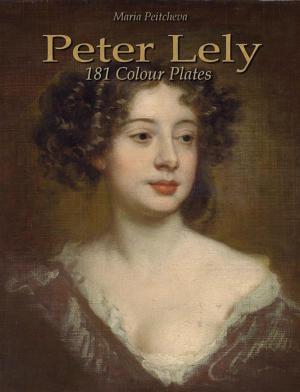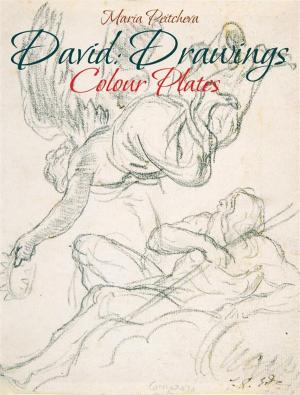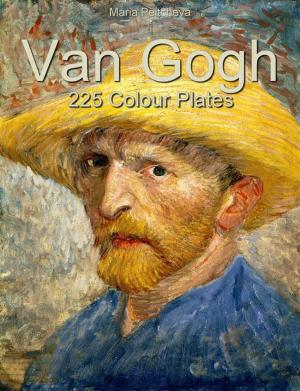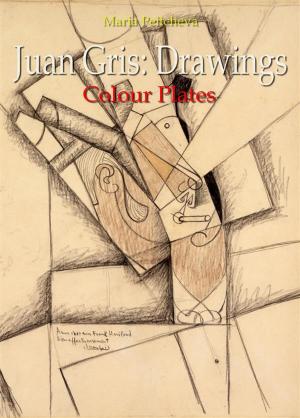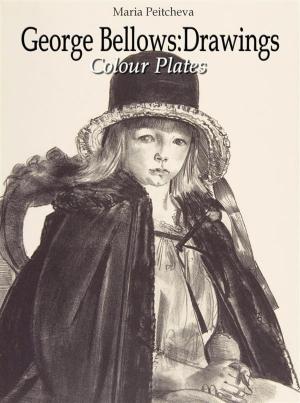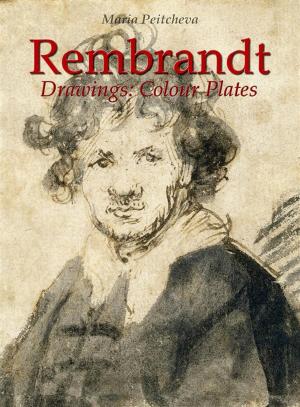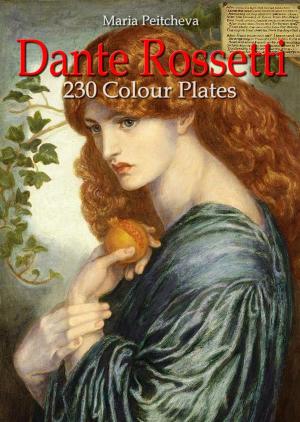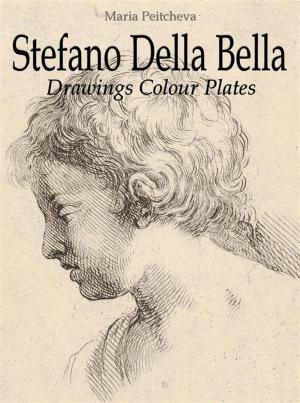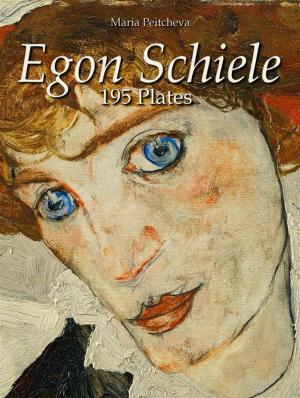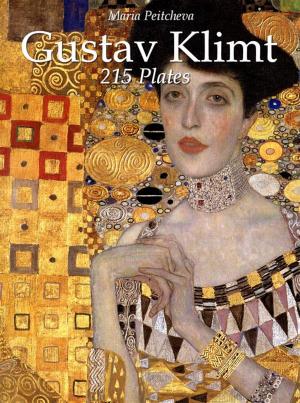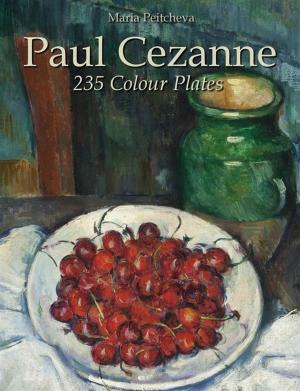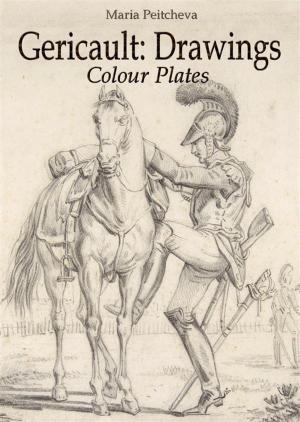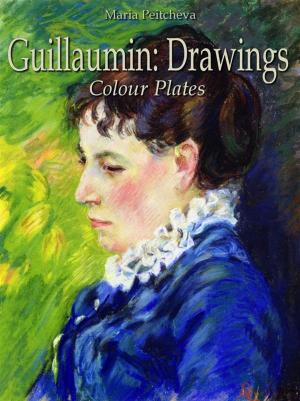| Author: | Maria Peitcheva | ISBN: | 9788892580831 |
| Publisher: | Maria Peitcheva | Publication: | March 25, 2016 |
| Imprint: | Language: | English |
| Author: | Maria Peitcheva |
| ISBN: | 9788892580831 |
| Publisher: | Maria Peitcheva |
| Publication: | March 25, 2016 |
| Imprint: | |
| Language: | English |
Giuseppe Arcimboldo (1526 – 1593) was an Italian painter best known for creating imaginative portrait heads made entirely of objects such as fruits, vegetables, flowers, fish, and books. Arcimboldo's conventional work, on traditional religious subjects, has fallen into oblivion, but his portraits of human heads made up of vegetables, plants, fruits, sea creatures and tree roots, were greatly admired by his contemporaries and remain a source of fascination today. At a distance, his portraits looked like normal human portraits. However, individual objects in each portrait were actually overlapped together to make various anatomical shapes of a human. They were carefully constructed by his imagination. Besides, when he assembled objects in one portrait, he never used random objects. Each object was related by characterization. By using everyday objects, the portraits were decoration and still-life paintings at the same time.
Giuseppe Arcimboldo (1526 – 1593) was an Italian painter best known for creating imaginative portrait heads made entirely of objects such as fruits, vegetables, flowers, fish, and books. Arcimboldo's conventional work, on traditional religious subjects, has fallen into oblivion, but his portraits of human heads made up of vegetables, plants, fruits, sea creatures and tree roots, were greatly admired by his contemporaries and remain a source of fascination today. At a distance, his portraits looked like normal human portraits. However, individual objects in each portrait were actually overlapped together to make various anatomical shapes of a human. They were carefully constructed by his imagination. Besides, when he assembled objects in one portrait, he never used random objects. Each object was related by characterization. By using everyday objects, the portraits were decoration and still-life paintings at the same time.
